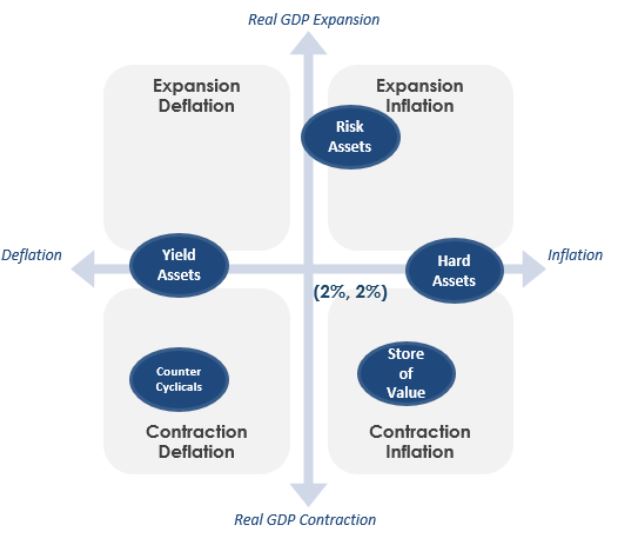
Can a 25% Yield Support Your Retirement? Delve into the Harvest Diversified High Income ETF (HHIS.TO), a high-yield ETF providing monthly income and exposure to growth stocks. Is HHIS a dependable income generator or merely overvalued?
Uncover the ETF’s framework, its substantial distribution, and what investors need to consider.
Insights
The Rapid Rise of Covered Call ETFs
Covered call ETFs are becoming increasingly popular, with variants incorporating leverage and trending stock exposure. HHIS is noteworthy as a standout among covered call ETFs.
-
The appeal of high monthly income strongly attracts those nearing retirement.
-
Nonetheless, these options prioritize short-term yield at the expense of long-term growth.
Analyzing HHIS
The ETF consists of 14 trending stocks via Harvest’s covered call ETFs.
-
Includes major companies such as Microsoft, Amazon, Costco, Alphabet, Tesla, and Broadcom.
-
Selected for momentum and growth—yet trends can be temporary.
-
Covered calls on in-demand stocks currently yield attractive premiums.
Achieving the 25% Yield
HHIS utilizes a triple strategy:
-
Leverage (up to 25%) to enhance returns.
-
Covered calls (on 50% of each stock) to obtain premiums.
-
Capital gains or return of capital support distributions.
The Pros and Cons of Covered Calls
Mike outlines how covered calls function and their constraints on upside potential.
-
Retain shares if prices stay below the strike price—a benefit!
-
If prices spike, potential future gains will be forfeited.
-
This typically lowers overall returns compared to directly holding the stocks.
The Dual Nature of Volatility
High volatility can enhance premiums but also increases the risk of selling a promising stock.
-
Covered calls offer a cushion during downturns yet provide limited protection.
-
In bearish markets, premiums diminish when greater income is needed.
ETFs vs. Dividend Growth Stocks: Analyzing Total Returns
Mike conducts a comprehensive analysis comparing HHIS with other covered call ETFs.
-
Generating income by selling shares from traditional ETFs like SPY frequently surpasses covered call ETFs.
-
Effectively, creating personal income is more efficient than relying on a fund.
Short-Term Success vs. Long-Term Results
HHIS has recently outperformed the Nasdaq but not its own 14 underlying assets.
-
12 of 14 HHIS components performed worse than their respective assets.
-
The ETF appears promising now, but history indicates stabilization—and possible cooling—over time.
The Dangers of Following Trendy Stocks
Growth stocks can soar, but a 25% growth rate isn’t sustainable.
-
Crypto assets like Coinbase or MicroStrategy could accelerate declines if market sentiment shifts.
-
Over time, rapid growth tends to decelerate, limiting future income.
Importance of Tax Efficiency (In Taxable Accounts)
HHIS provides superior tax treatment compared to standard dividend income, especially for Canadians.
-
Distributions are primarily composed of return of capital or capital gains.
-
This is significant only if the total return is strong and long-lasting.
Final Evaluation: Not Catastrophic, Nor Extraordinary
Mike recognizes HHIS for its robust